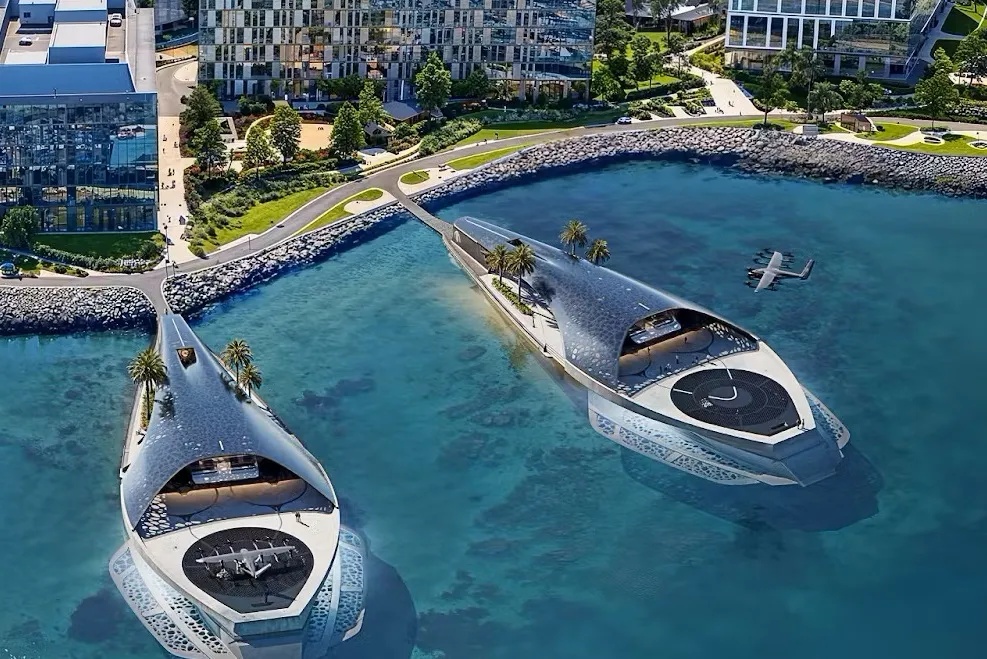Representatives of major US high-speed rail projects are to meet with their European counterparts to seek the expertise and knowledge of the leading European high-speed rail companies.
The US is planning to invest approximately US$150,000 million over the next ten years in the development of high-speed rail networks, representing a great opportunity for European infrastructure and engineering companies. For the first time, American senior official representatives of these projects will meet in Europe loo
October 25, 2013
Read time: 2 mins
Representatives of major US high-speed rail projects are to meet with their European counterparts to seek the expertise and knowledge of the leading European high-speed rail companies.
The US is planning to invest approximately US$150,000 million over the next ten years in the development of high-speed rail networks, representing a great opportunity for European infrastructure and engineering companies. For the First time, American senior official representatives of these projects will meet in Europe looking for the experience and knowledge of the leading European businesses in these fields.
Two main high speed rail projects are currently under way in California and the US north-east corridor (NEC). Led by the California High Speed Rail Authority, the project to connect San Francisco with Los Angeles and later with Sacramento and San Diego is estimated to cost over US$68,000 million and the First phase has already been tendered for US$1,000 million. The second phase, worth US$2,000 million, and the third stage are about to go to tender.
The north-east corridor project plans to upgrade the current NEC by linking cities like Boston, New York, Philadelphia and Washington and transforming it into a high-speed rail network. The project, coordinated by2008 Amtrak, is valued at more than US$70,000 million and includes, among other large works in several states, two tunnels throughout New York.
Representatives of NEC, Transportation California, California High Speed Rail Authority (Ca-HSRA), Los Angeles Metro and the US High Speed Rail Association, will participate in US Week on 11 November in Europe, to explain all the details of these projects and the opportunities they represent for European large and medium companies in the major US projects in infrastructure, energy, industry and technology in the coming years.
The US is planning to invest approximately US$150,000 million over the next ten years in the development of high-speed rail networks, representing a great opportunity for European infrastructure and engineering companies. For the First time, American senior official representatives of these projects will meet in Europe looking for the experience and knowledge of the leading European businesses in these fields.
Two main high speed rail projects are currently under way in California and the US north-east corridor (NEC). Led by the California High Speed Rail Authority, the project to connect San Francisco with Los Angeles and later with Sacramento and San Diego is estimated to cost over US$68,000 million and the First phase has already been tendered for US$1,000 million. The second phase, worth US$2,000 million, and the third stage are about to go to tender.
The north-east corridor project plans to upgrade the current NEC by linking cities like Boston, New York, Philadelphia and Washington and transforming it into a high-speed rail network. The project, coordinated by
Representatives of NEC, Transportation California, California High Speed Rail Authority (Ca-HSRA), Los Angeles Metro and the US High Speed Rail Association, will participate in US Week on 11 November in Europe, to explain all the details of these projects and the opportunities they represent for European large and medium companies in the major US projects in infrastructure, energy, industry and technology in the coming years.








